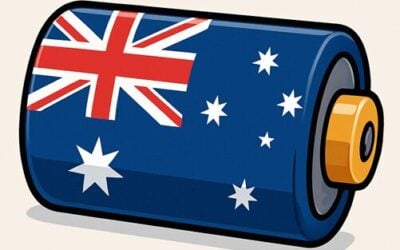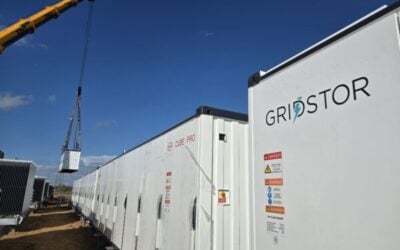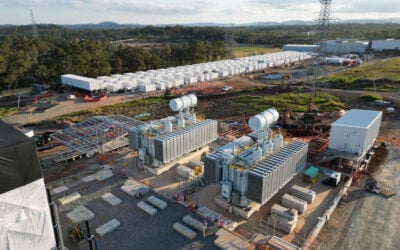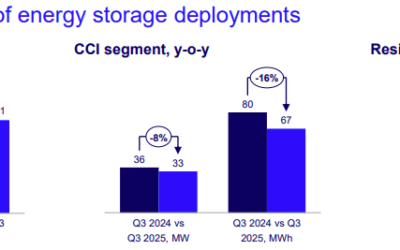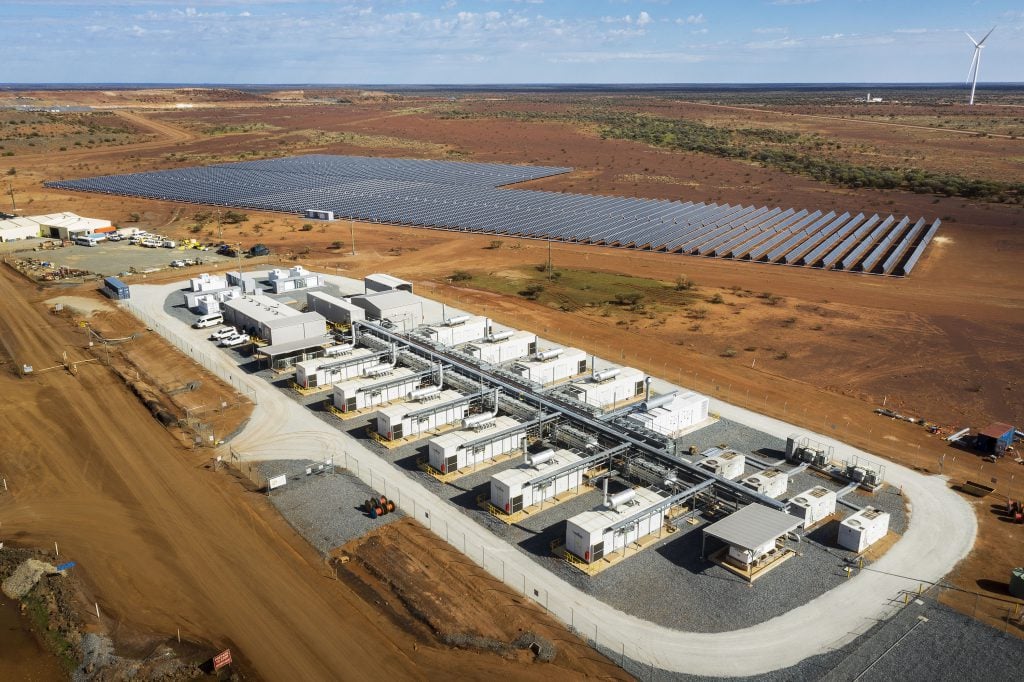
A consultation into the Western Australia Capacity Investment Scheme (CIS) tender design has been opened by the Australian government.
The design of the CIS will impact the Wholesale Electricity Market (WEM), the primary market for generators and retailers in Western Australia. This impacts assets connected to the South West Interconnected System (SWIS), the electricity grid that stretches across the south-west of the state.
The federal government’s CIS 2025 Western Australia WEM Design Paper outlines some of the key details for the CIS tender to underwrite renewable energy generation capacity in the WEM. Tenders have already been held for dispatchable power, with the second tender having sought 500MW of renewable energy resources dispatchable over a 4-hour duration (2,000MWh). The results of this round are expected in March 2025.
The WEM’s next CIS tender is scheduled for mid-2025 and will target 1.5GW of renewable energy generation alongside 400MW of dispatchable power over a 4-hour duration (1,600MWh). Hybrid projects will bid into the dispatchable component of the tender.
Try Premium for just $1
- Full premium access for the first month at only $1
- Converts to an annual rate after 30 days unless cancelled
- Cancel anytime during the trial period
Premium Benefits
- Expert industry analysis and interviews
- Digital access to PV Tech Power journal
- Exclusive event discounts
Or get the full Premium subscription right away
Or continue reading this article for free
The design incorporates several key features, including the Reserve Capacity Mechanism (RCM). This mechanism aims to procure capacity on behalf of the market through ‘capacity credits’, which provide project owners with a revenue stream.
Additionally, there is a significant emphasis on bilateral contracting and net settlements, as the majority of energy and capacity credits in the WEM are traded bilaterally. This trading typically occurs either between market participants or between the generation and retail divisions of a gentailer.
According to the paper, the Australian government hopes to hold auctions for both generation and dispatchable capacity around every 12 months.
Australia’s Capacity Investment Scheme
The Albanese government announced the expanded CIS in November 2023, intending to underwrite 32GW worth of renewable energy generation and energy storage capacity, roughly half of the demand on the National Electricity Market (NEM).
The CIS operates under a contracts for difference (CfD) model, where the government underwrites investments in new renewables projects through competitive auctions. The government said that it will not disclose the expected costs of CIS contracts to “achieve the best bang for buck for taxpayers”. Auctions are planned to run at six-monthly intervals until the 32GW quota has been reached.
As reported by Energy-Storage.news in November, Victoria was granted the greatest allocation of dispatchable power in the next tender on the NEM, with 1.7GW/6.8GWh for energy storage. This was from a total allocation of 4GW for dispatchable power, with the Australian government seeking 6GW of renewable energy generation.
New South Wales has been granted 1.3GW/5.2GWh, and Western Australia has been allocated 1.1GW/4.4GWh. A total of 0.9GW/3.6GWh has been earmarked for South Australia, while Tasmania, the Australian Capital Territory and Queensland have not been given a specified amount.
To read the full article please visit our sister site PV Tech.
Our publisher Solar Media will be hosting the Energy Storage Summit Australia 2025 in Sydney from 18-19 March. You can get 20% off your ticket by following the link here.


